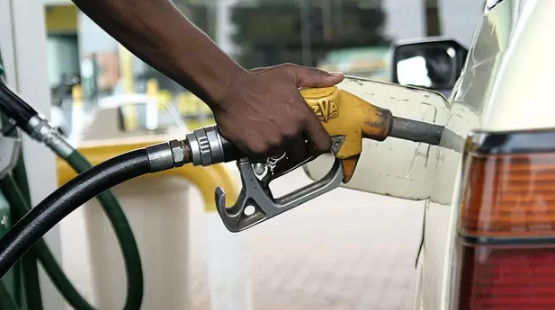
Consumers should brace for a marginal increase in fuel prices at the pumps starting today, April 2, 2025. According to the latest Pricing Outlook Report obtained by JoyBusiness, the upward adjustment will apply to petrol and diesel, while Liquefied Petroleum Gas (LPG) is set for a slight decrease.
Breakdown of Price Changes
Per the report, petrol prices are expected to rise by 2%, bringing the cost per liter to GHC 15.20. Diesel will also see a 1.1% increase, pushing prices to GHC 15.35 per liter. However, LPG users can expect some relief, as the price per kilogram is set to drop by 0.3%, selling at GHC 17.30.
These adjustments follow three consecutive reductions in fuel prices last month, making this increase a shift in the recent trend.
What’s Behind the Price Hike?
The primary reason for the price surge is the rising cost of crude oil on the international market. Global oil prices have climbed due to supply constraints caused by U.S. sanctions and trade policies impacting key oil-producing nations like Iran and Venezuela. Over the pricing window, crude oil prices have increased by 0.86%, with oil currently trading around $74 per barrel.
Interestingly, this surge is not linked to cedi depreciation, a factor that has often contributed to fuel price hikes in Ghana. In contrast, the cedi has remained stable against the US dollar throughout March, even appreciating by 0.07% in the last week of the month, thanks to targeted interventions by the Bank of Ghana.
Oil Marketing Companies (OMCs) Divided on Price Adjustments
Despite the expected price increases, not all Oil Marketing Companies (OMCs) are rushing to adjust their rates. Some industry players have hinted to JoyBusiness that they may keep prices unchanged due to stiff competition and the risk of reduced demand.
Historical data shows that each time fuel prices rise, consumer demand drops, forcing some OMCs to tread cautiously. While some OMCs will implement the new prices effective April 2, others may maintain current rates to retain customers and stay competitive.
What This Means for Consumers
With the possibility of varied pricing strategies among OMCs, consumers are advised to monitor different filling stations to find the most favorable rates. The coming days will reveal how market dynamics play out, but one thing is certain—fuel price movements remain a crucial factor for businesses and households alike.
Story by: Mercy Addai Turkson #ahotoronline.com




